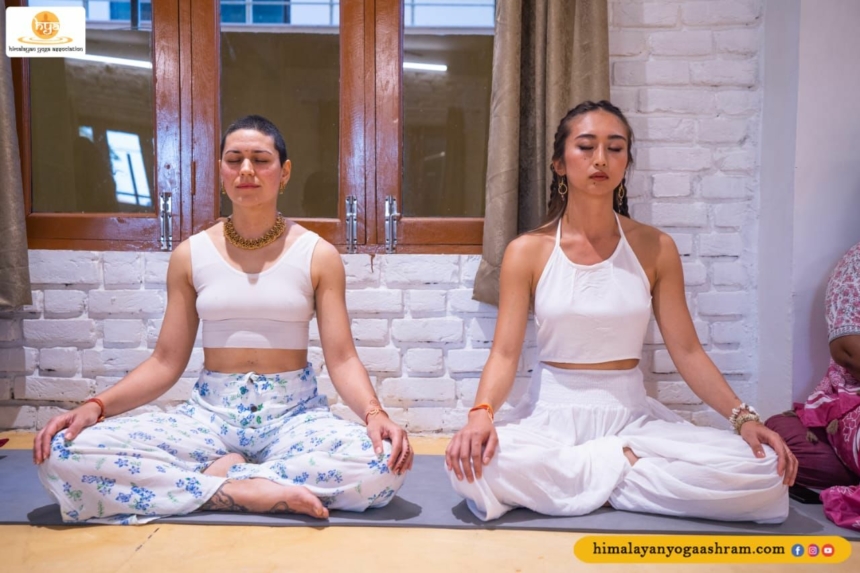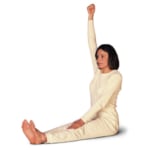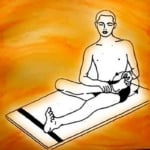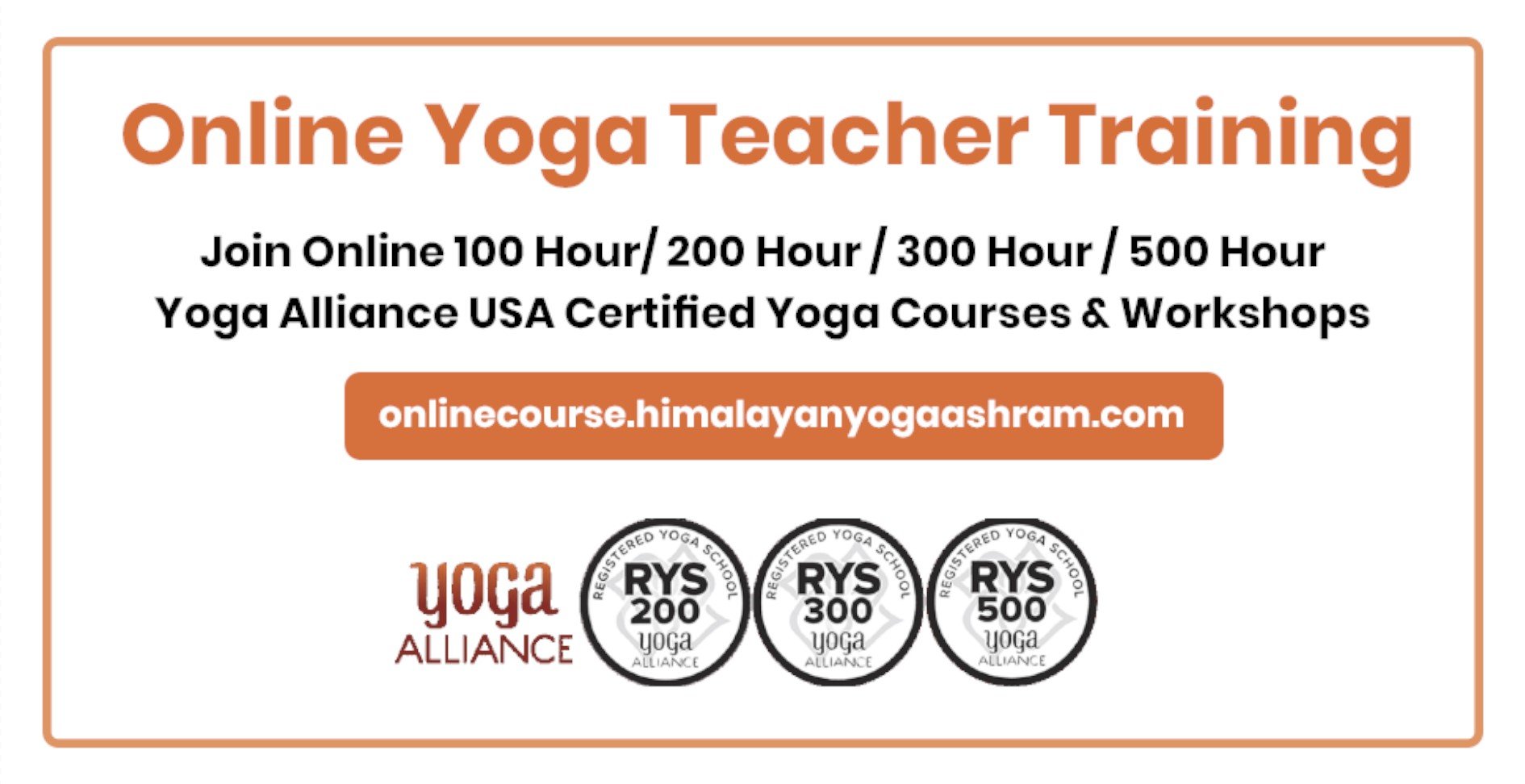4 Yoga asanas that help you fight addictions and get your life back in track
By Himanshu JoshiYogaashtanga, famous yoga asanas, flow, vinyasa, yoga asannas, yoga pose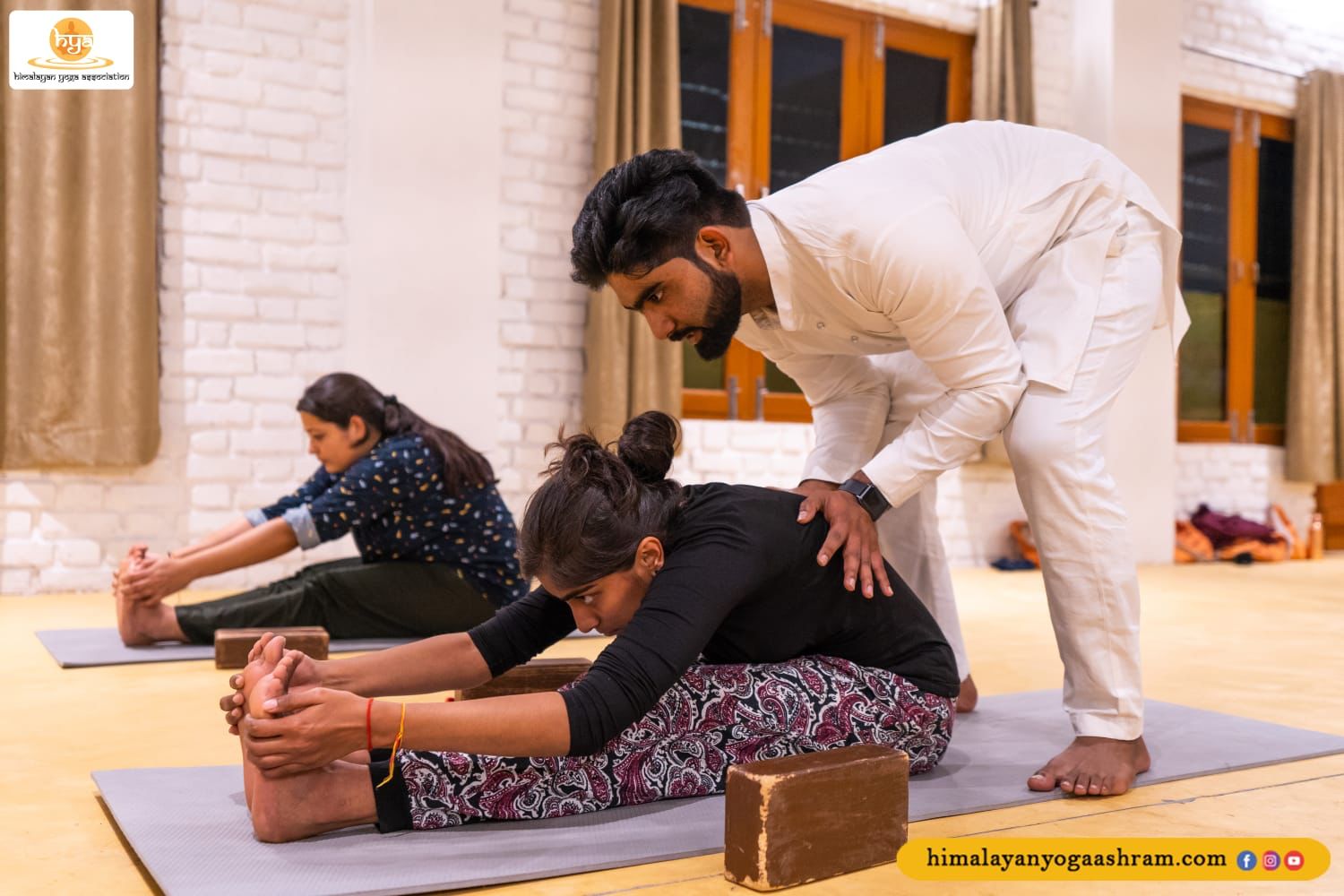
Paschimottanasana (Seated Forward Bend)
Paschimottanasana or Seated Forward Bend is an asana highly recommended during addiction treatment as it helps bring down stress, ease anxiety and control impulsive behaviour. The asana helps straighten the spine, give a nice stretch to hamstrings and improves overall functioning of your body. People with diabetes can greatly benefit with this asana as it helps in better blood sugar control. The asana can also help burn belly fat.
Steps to do Paschimottanasana
Sit comfortably on your Yoga mat and extend your legs forward.
Make sure to straighten your spine and lift your chest forward.
Now, slowly bend forward from your hips, and attempt to touch your toes. Better would be to try and hold your toes.
In case you aren’t able to reach your toes, grasp onto your ankles or feet. You can also use a yoga strap or towel to help with the stretch.
Maintain this position for a few minutes while breathing steadily.
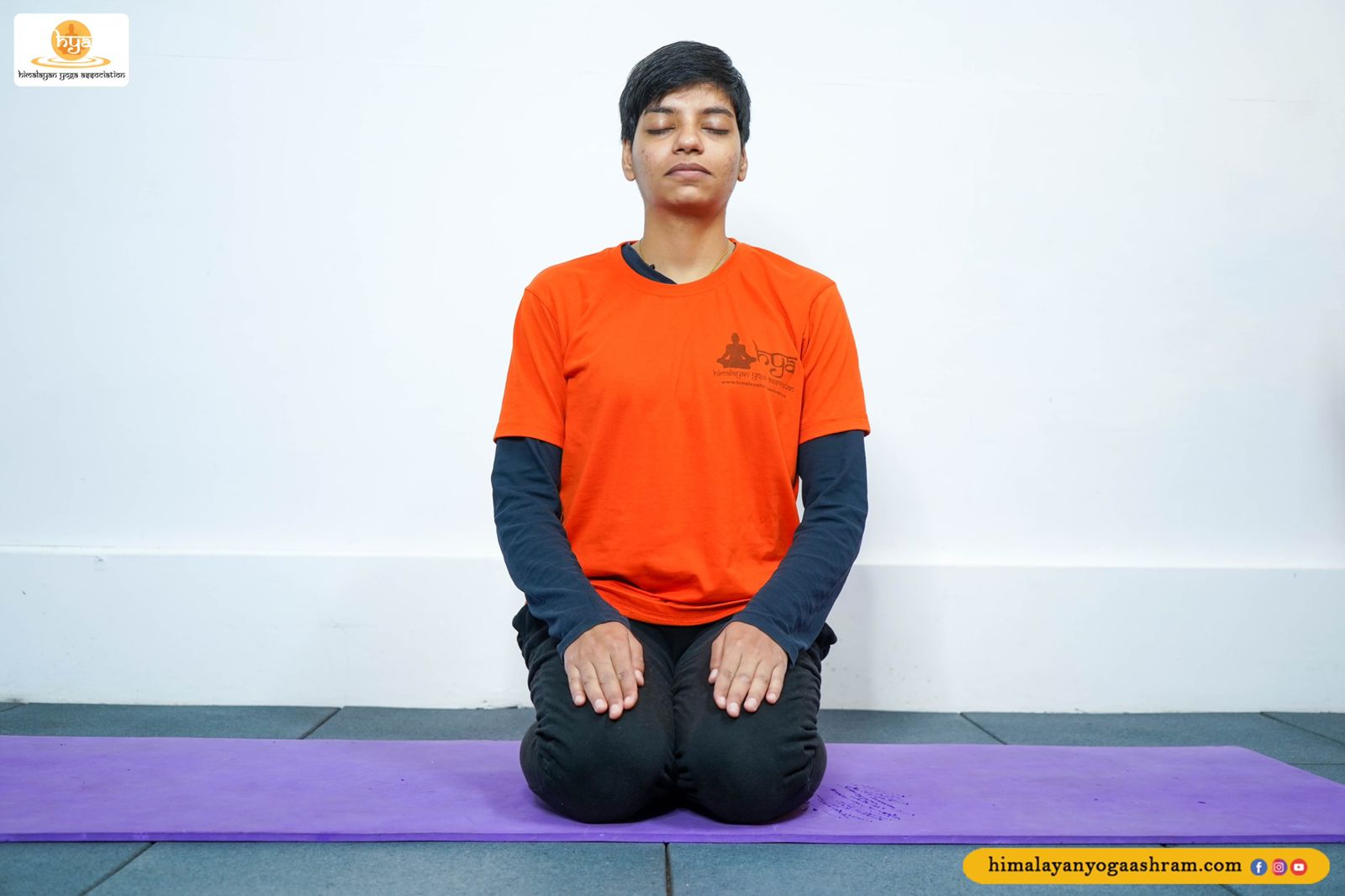
Vajrasana (Thunderbolt Pose)
Vajrasana or Thunderbolt Pose is one of the simplest poses and has several benefits. A sitting posture, vajrasana is considered very good for the digestive function to perform well. It aids in digestion. During Vajrasana pose, the blood flow in the stomach area which improves bowel movement and helps relieve constipation.
Generally, Yoagasanas are not performed immediately after meals but Vajrasana is exception. Vajrasana after meal aids in digestion. It helps the body absorb nutrients better. Besides helping in digestive issues, it also helps strengthen lower muscles.
Apart from so many benefits for digestive system, Vajrasana also reduces stress and anxiety thus improving sleep quality. The comprehensive benefits of the posture go long way in de-addiction. Being aware of body and mind while performing the asana brings positivity and reduces dependency on external support.
How to perform Vajrasana
In the first step, sit gently on your legs with pelvis resting on the heels
Turn the toes outward. Both the big toes should touch each other
Now, put your palms on the knees with palms facing upward
Keep your back straight and see straight, head also straight and chin parallel to the mat on the ground
Gaze forward and focus on breathing
Stay in the position for few minutes and then spread out your legs
You can gradually increase the time upto half an – Those suffering from slip disc and knee pain should avoid Vajrasana. People with stiffness in lower part of the body for reasons including underlying medical condition should avoid this pose.
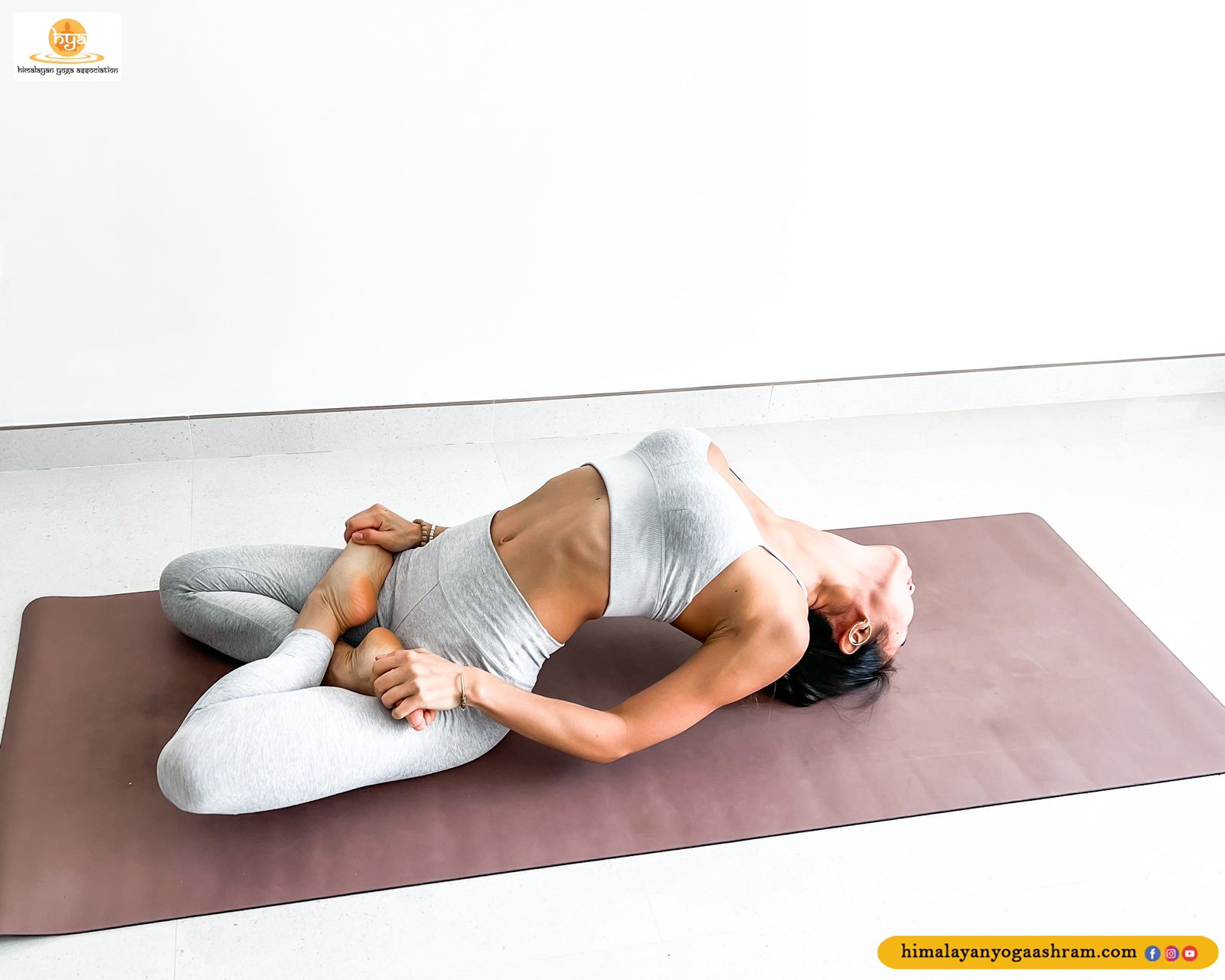
Fish pose
Fish pose or Matsyasana is one of the potent asanas for getting over addictions as this posture can help your brain become more flexible and open to change. It plays an important role in road to recovery by easing stress and promoting overall sense of well-being. Fish pose can help relieve tension in your neck and shoulder muscles. The asana is very effective in detoxification and people who are addicted to alcohol can benefit from it. Apart from this, Matsyasana also helps manage constipation and ease bowel movement. People with high blood pressure or with back or neck injury shouldn’t attempt this asana.
Steps to do Fish pose
Lie on your back comfortably and keep your hands alongside your body.
Now, bring your hands underneath the hips; your palms must be facing down.
Lift your head and chest placing the weight on your elbows.
As you keep the chest up, move your head backward.
Take a few deep breaths and stay in the position for few minutes.
Now, bring the head upward, and the chest down while your hands stay alongside the body.
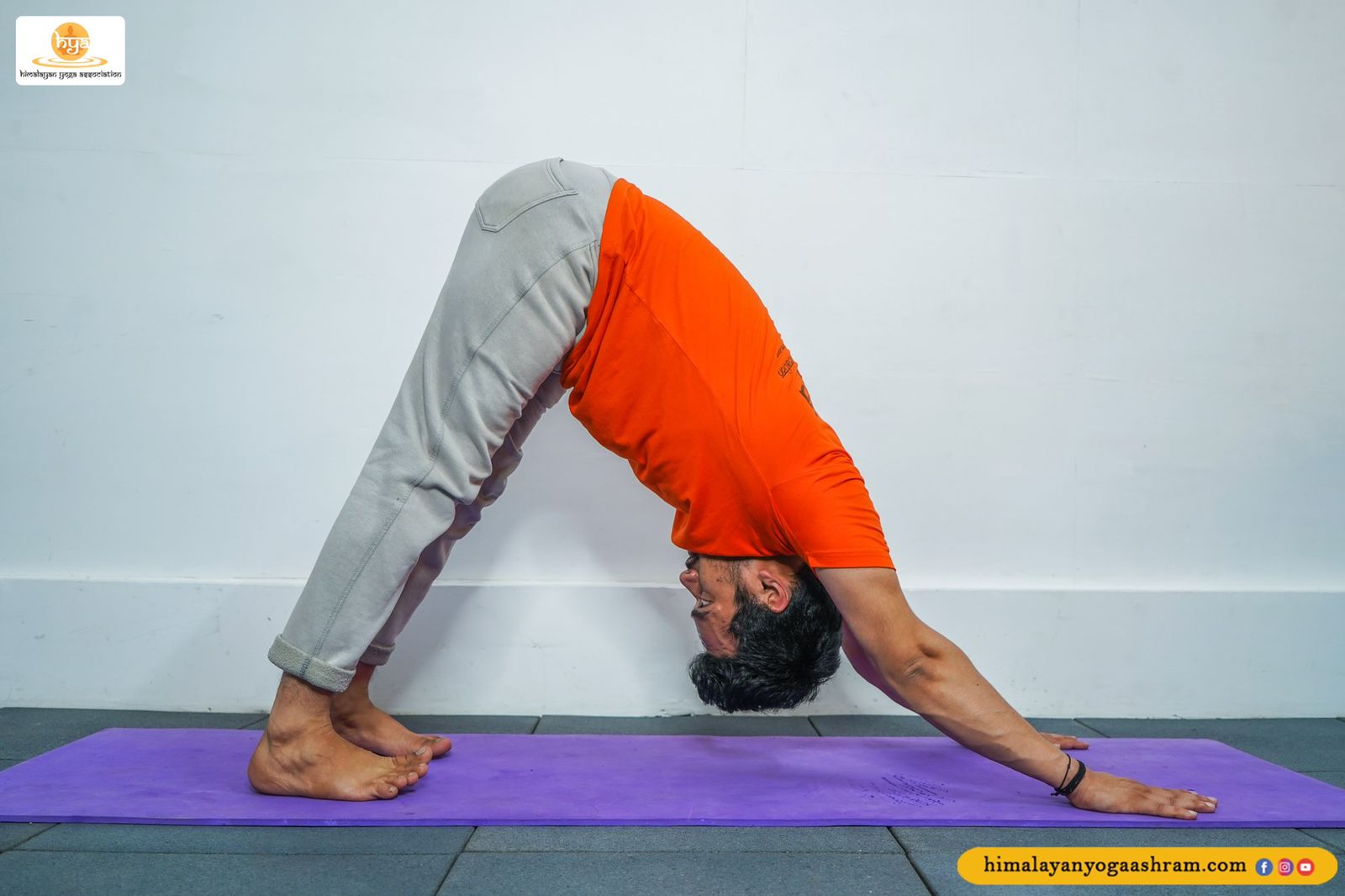
Parvatasana (Mountain Pose)
Parvatasana is made of two words ‘parvat’ meaning mountain and ‘asana’ referring to posture. It is therefore also called Mountain pose. It is one of the poses in Surya Namaskar (Sun salutation). In fact, it appears twice (4th and 9th pose) during Sun salutation.
The various yogic postures calm the nervous stem and relax the muscles. There are certain yoga poses in which body-mind awareness expands significantly. Mountain pose is one such poses. It triggers mindfulness as soon as the urge for alcohol or other addictive substances arises.
Many a time, low confidence and anxiety (social and personal) are the reasons for people taking recourse to alcohol. Mountain pose not only strengthens the spine, relaxes muscles and calms the mind but also significantly raises the confidence level. All the positive benefits together create a virtuous cycle.
Mountain pose gives natural massage to the heart and lung muscle. It is hugely beneficial in relieving the spinal, shoulder, knee and ankle pains. It improves muscle strength and alignment.
How to do Mountain Pose
Come on table top position
Straighten your elbows and balance your weight palms and fingers.
Breathe out and stand on your toes
Lift your knees from the mat and straighten your legs
Raise your buttocks and lower your head between your arms
Make sure your arms and legs are not bent in the final position
Put your heels on the ground
Bring head and shoulders towards the knee
Stay in the position for few 2-3 minutes
Now, exhale and walk with your feet towards your hands
Gently, lift the upper body
How meditation can help in alcohol addiction
Meditation is a powerful way to get your mind in the right frame to control addiction. It promotes mindfulness and when one is in better control of their feelings, they are able to get out of the repetitive thought patterns related to addiction. Meditation can help gain a deeper understanding of their thoughts, feelings, and triggers that lead to addictive behaviours. The ancient practice can also aid in emotional regulation and help develop a greater sense of control over actions, making it easier to resist the urge to drink alcohol. Meditation can transform life and help you achieve the impossible. Some of the popular types of meditation that can help with addiction are Mindfulness Meditation, Guided Meditation, Moving Meditation and Mantra Meditation

